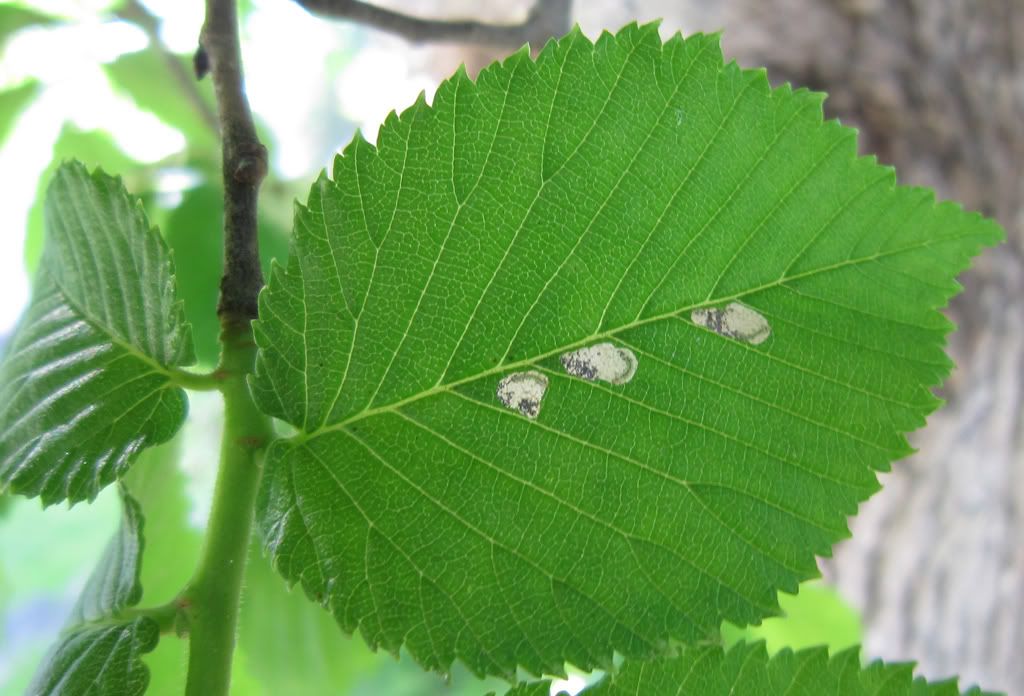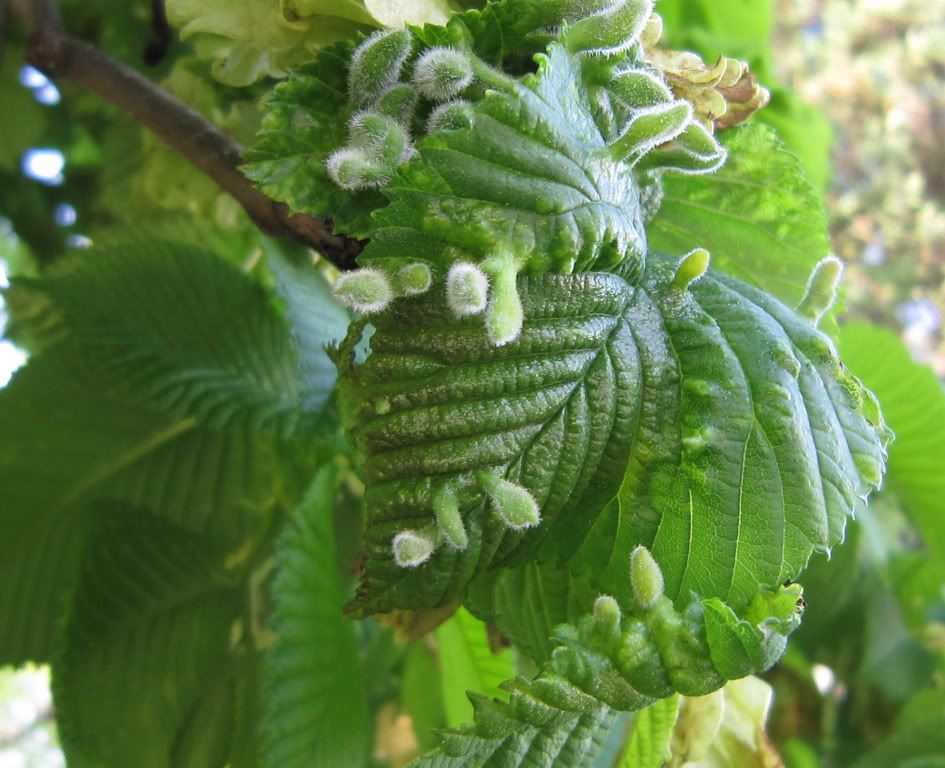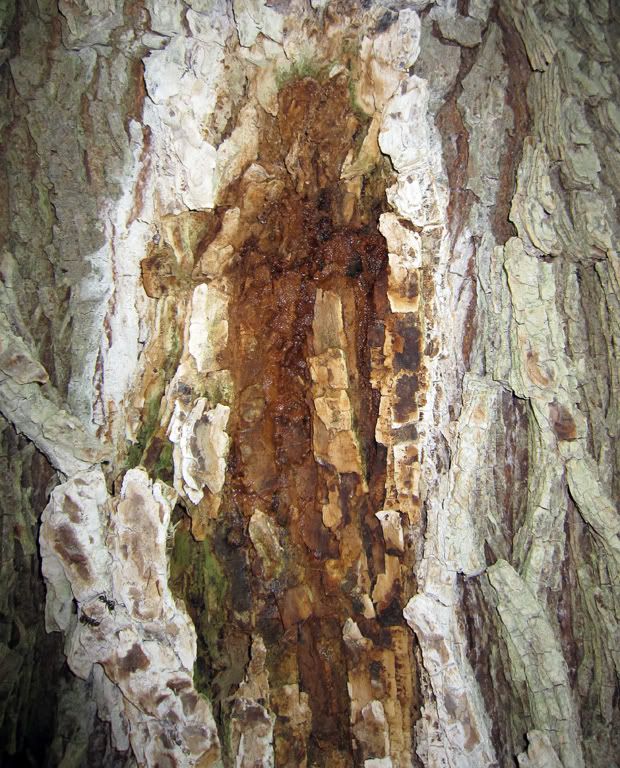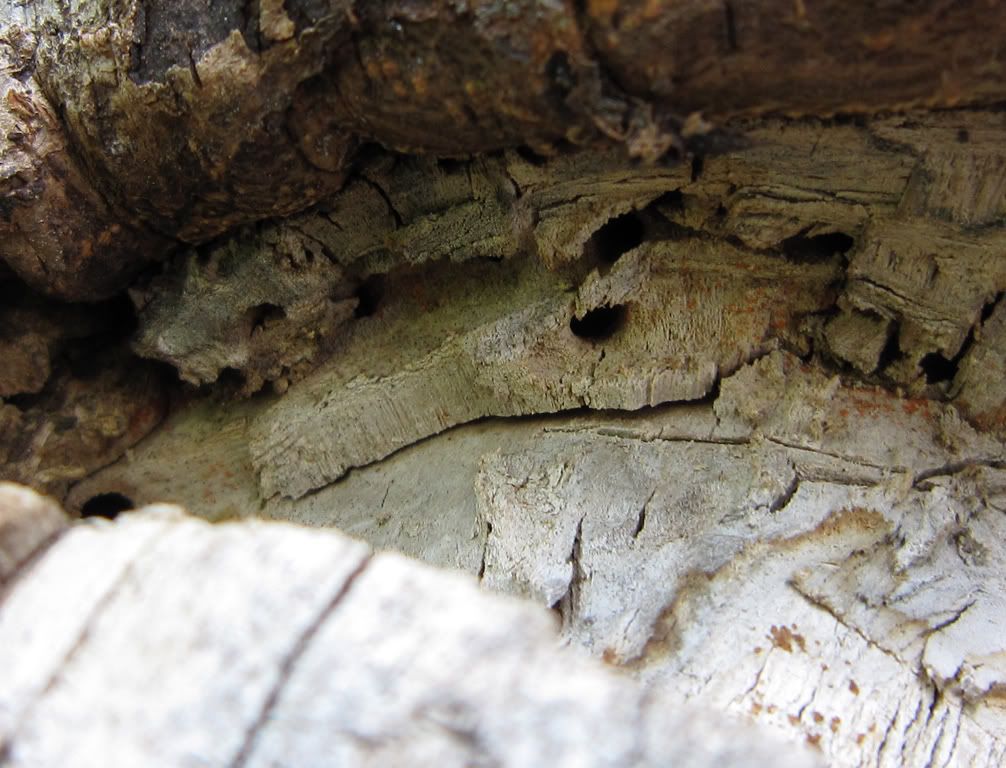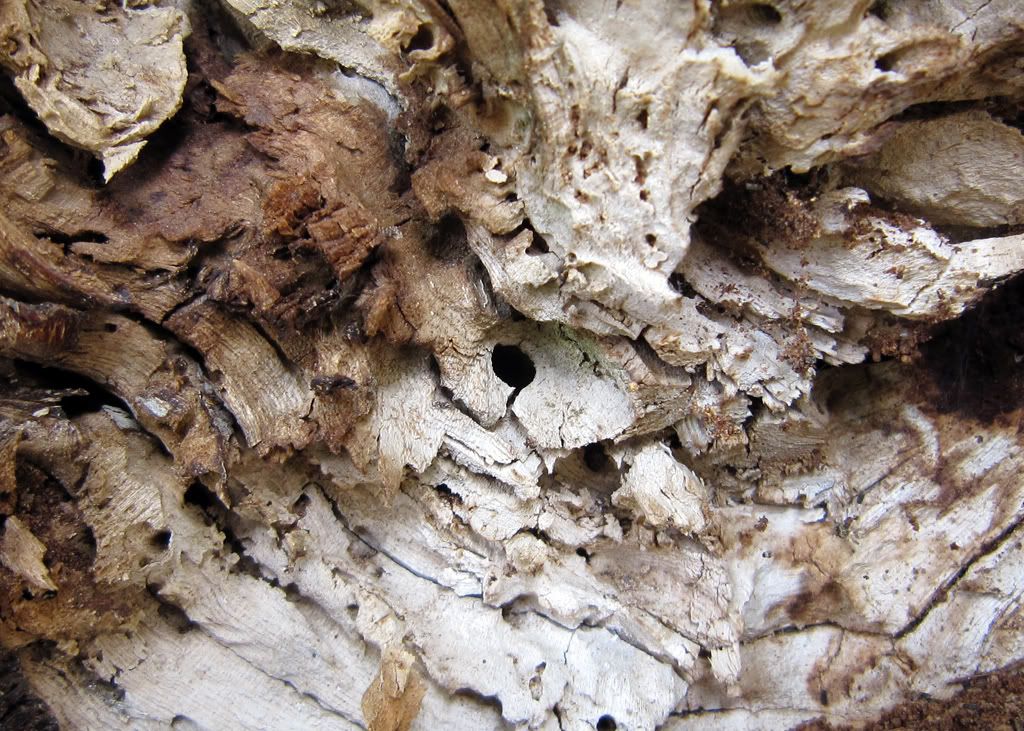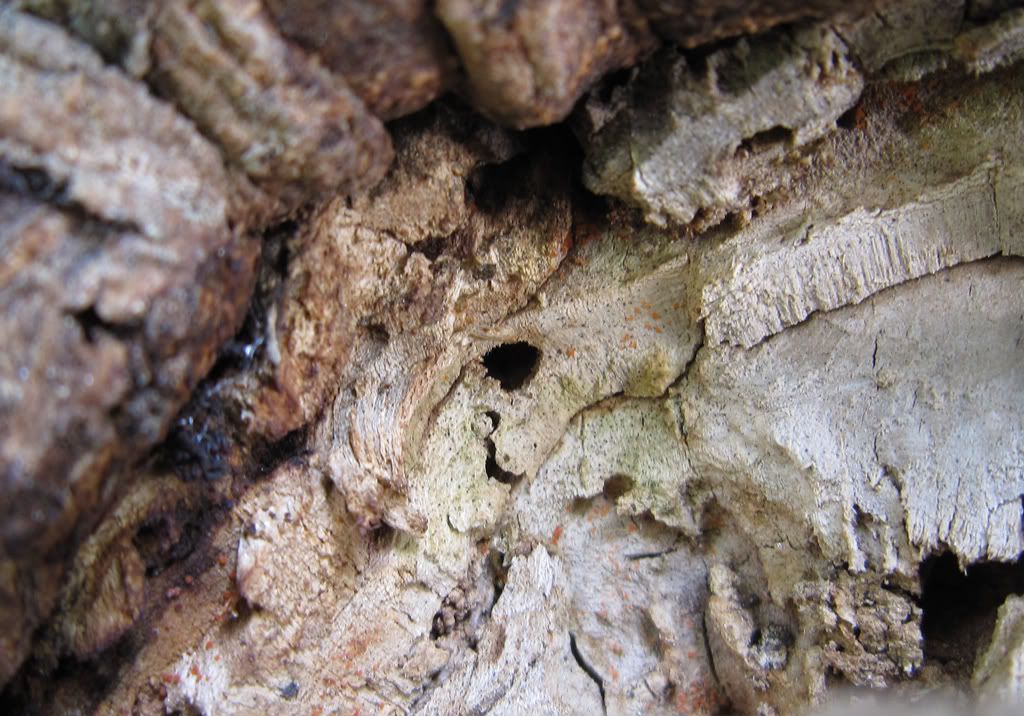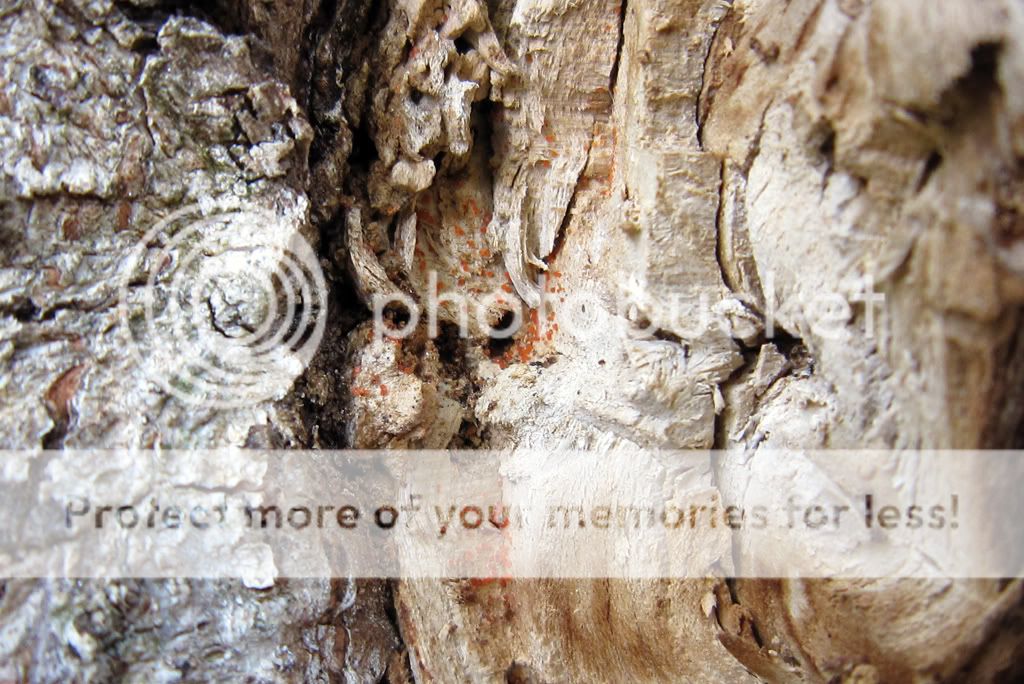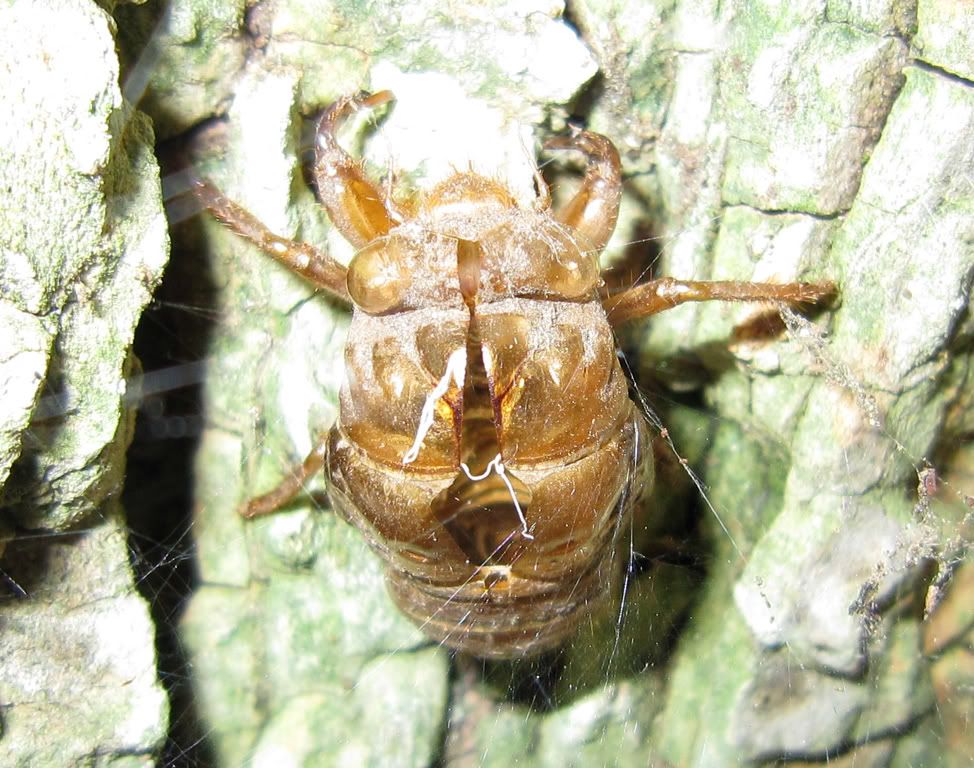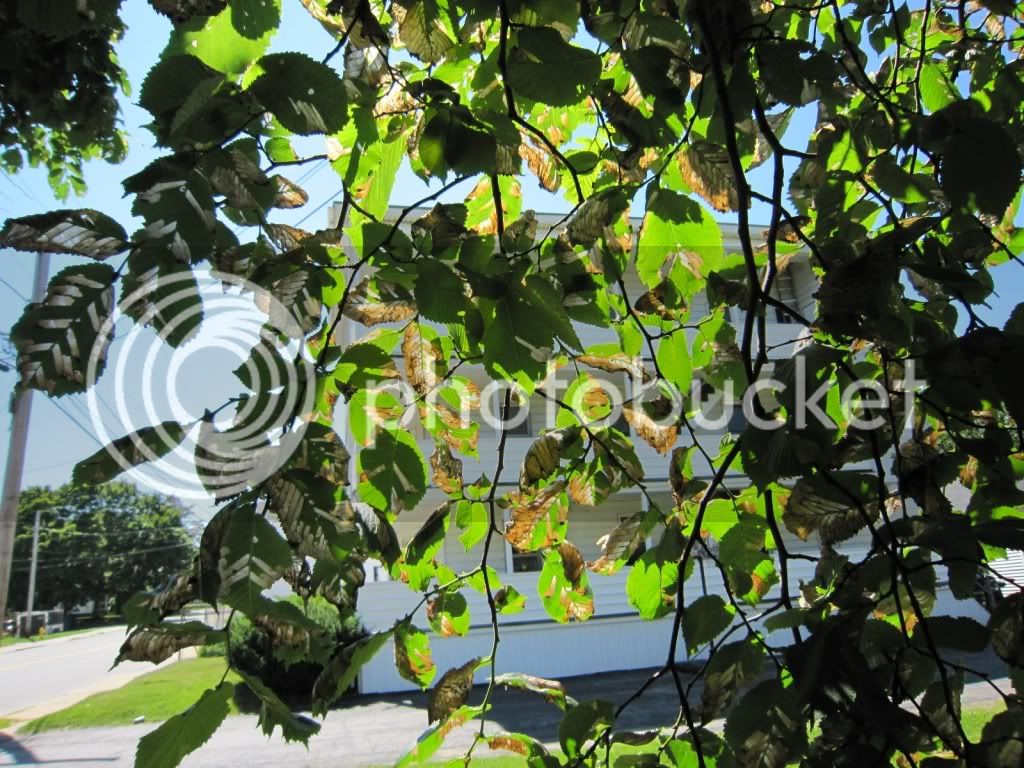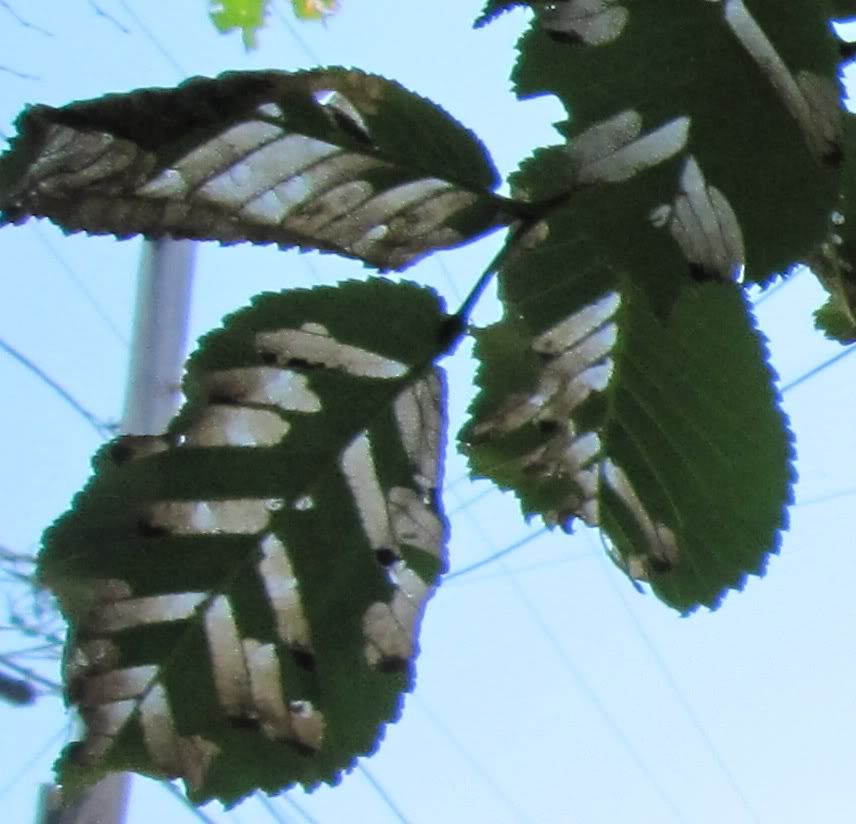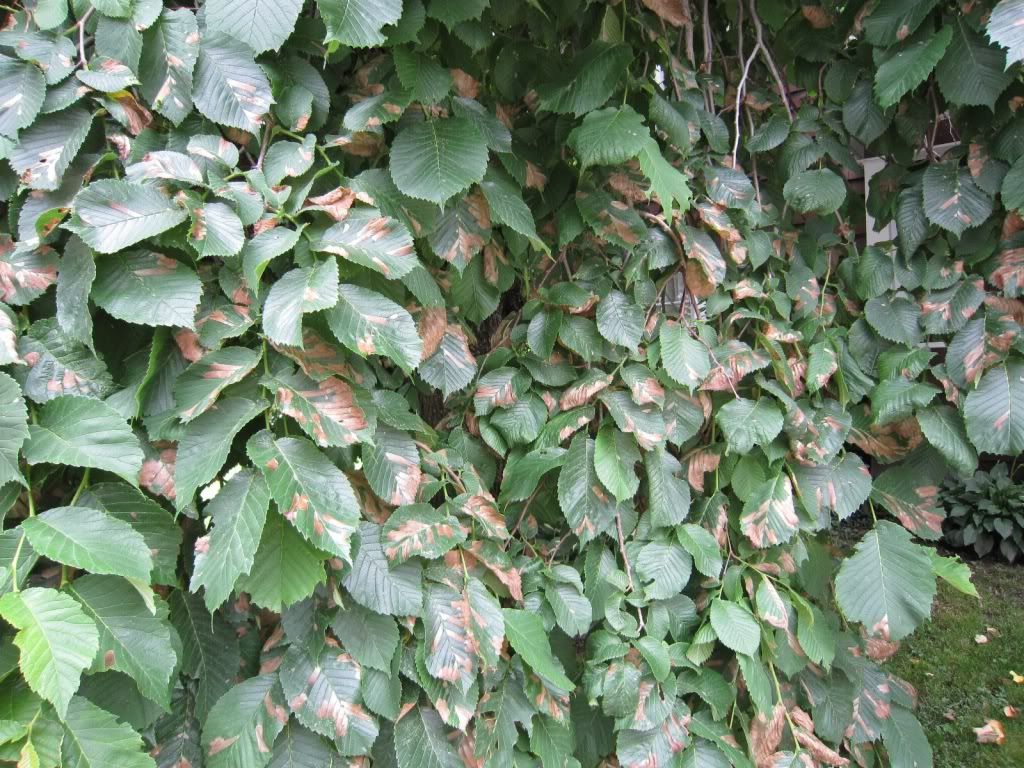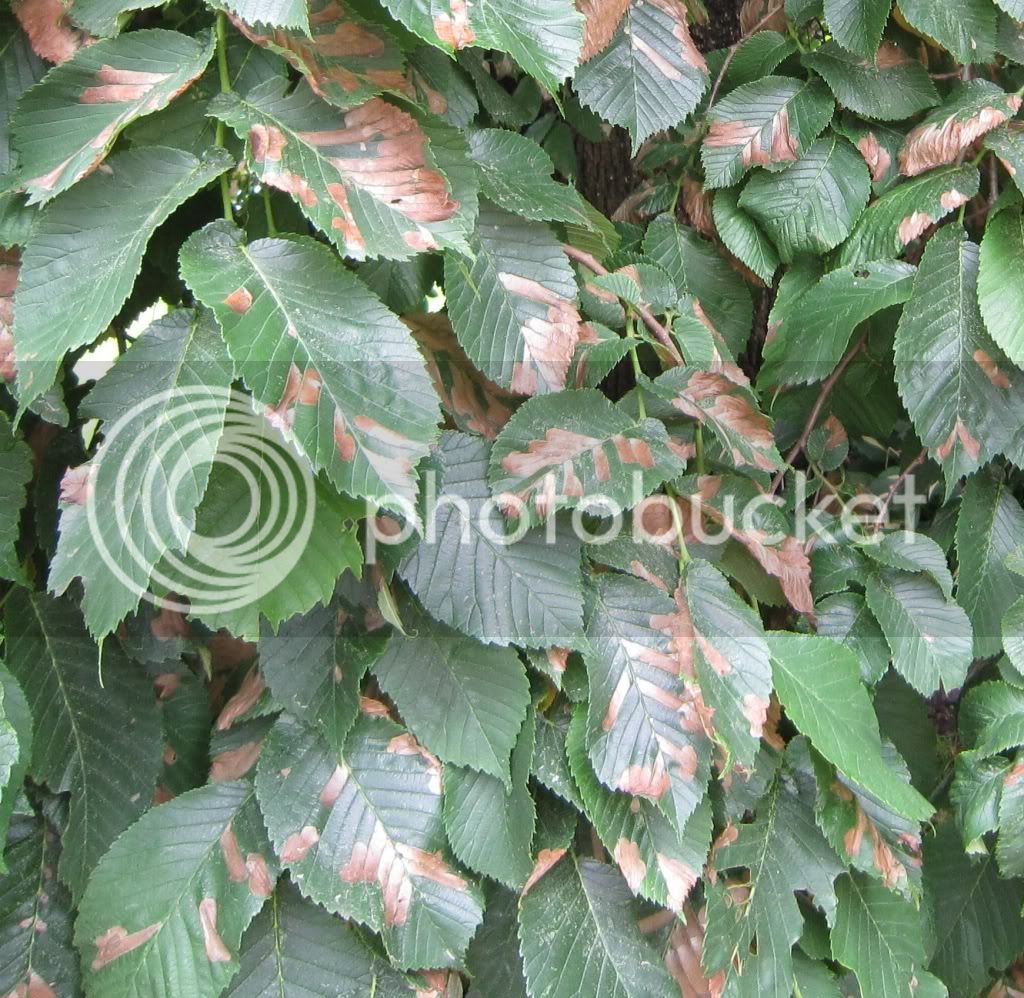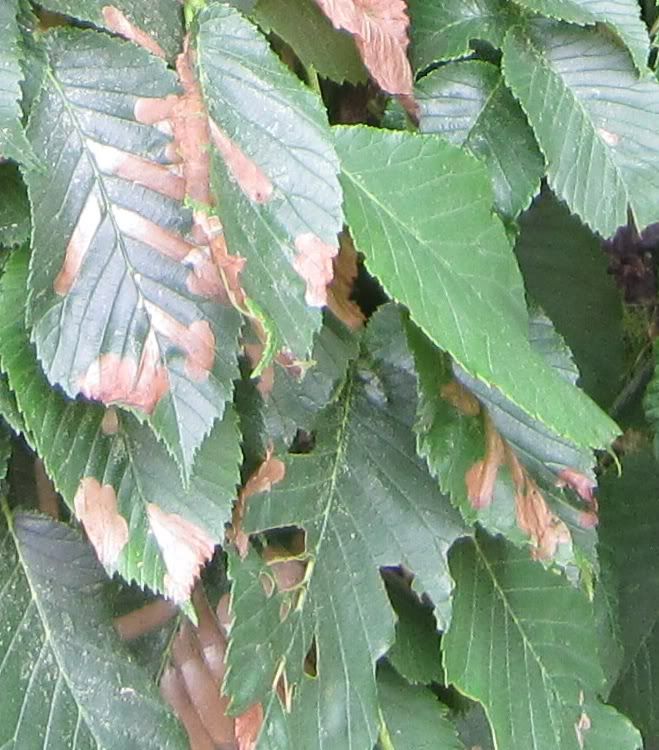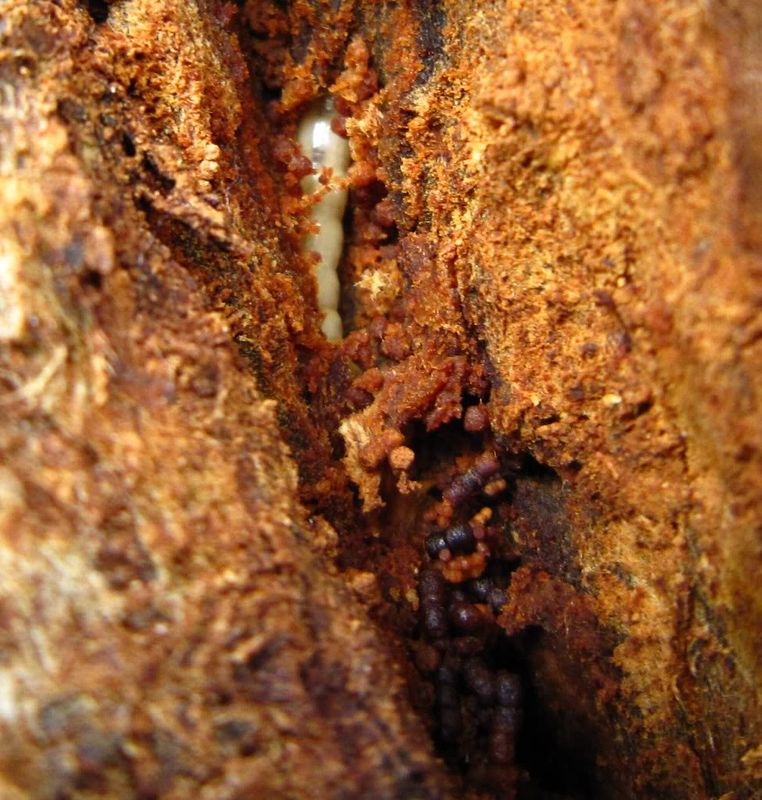PinkFloydEffect
ArboristSite Guru
Lets start off by saying I hope this product works on Elm borers, I have a huge problem with my elm trunk fluxing from borers I think. Label claims it works for "bronze birch borers" I bought it for my leaf miner problem, but now realized how bad of a borer problem I may have. Not sure if it only protects the new growth leafs or hard wood too? The directions say to apply 2-3 month's before the expected infestation begins, but also best applied during early spring to early fall. Would you say half a dose early fall and then another half dose in early spring instead of one full annual dose?? I'm not sure if the ground will be thawed enough to apply 3 month's before early spring haha but if I apply early fall then will it still protect more than 3 month's from early fall? Because spring is defniately more then 3 month's from early fall... which is when it gets attacked.
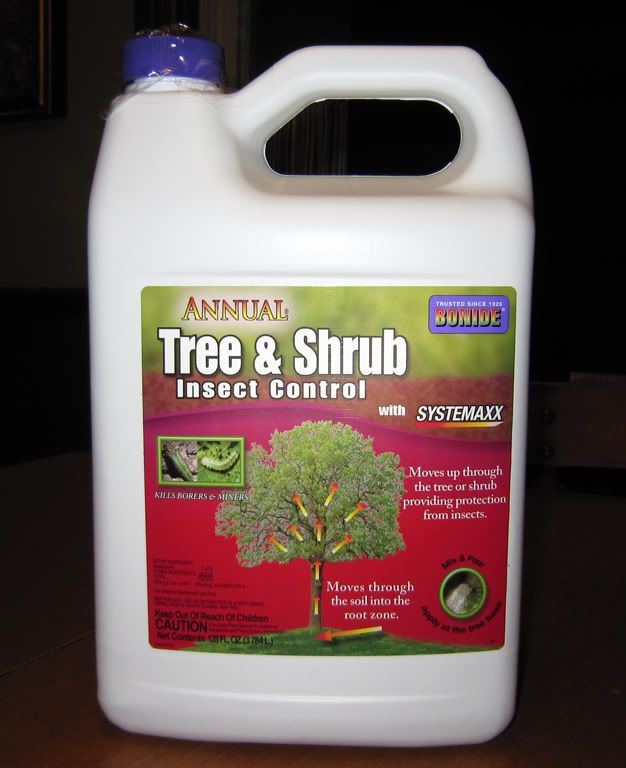

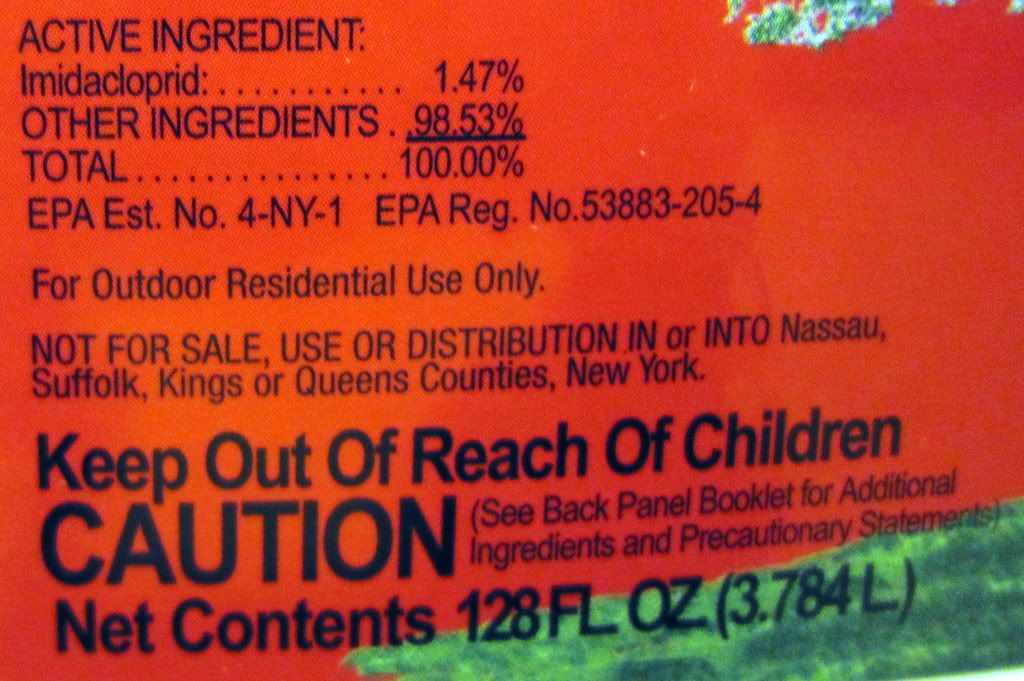



Last edited:
























































